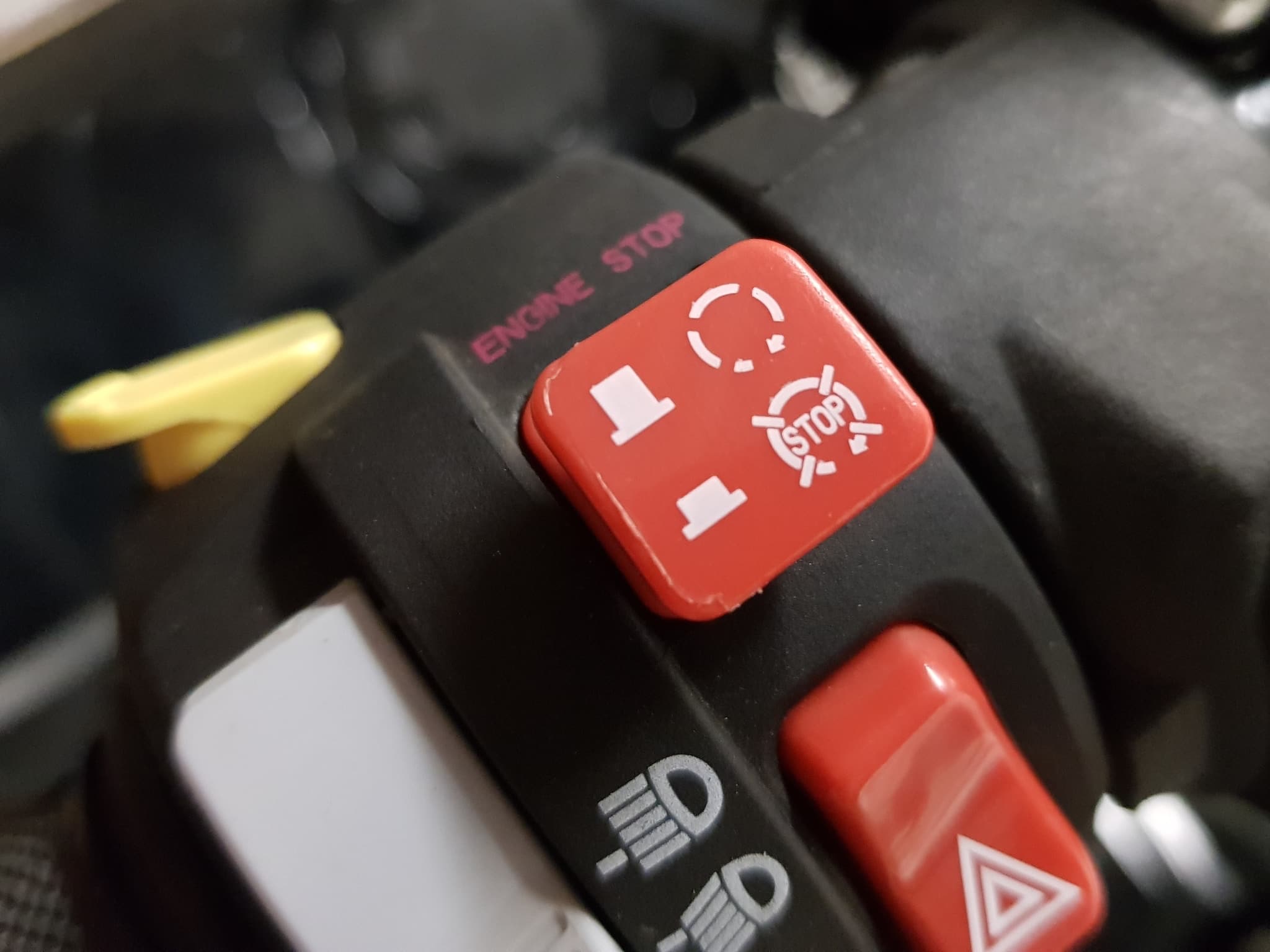It’s possible that the gasoline system of an older ATV is broken. A shut-off valve should be located in the lower portion of the tank on older vehicles, which frequently use a classic carburetor fuel system. Disengage the shut-off valve and start the ATV again if it won’t start. If fuel isn’t flowing through the fuel line, it’s usually because the carburetor is dirty.
Air filter clogged
Check to see whether the air filter is clogged if your ATV isn’t producing as much power as it should. The mere fact that a clogged air filter prevents air from moving through the engine is what causes it to be so harmful to your engine. The engine has to work harder as a result, decreasing horsepower. Additionally allowing dirt and other debris into the engine and damaging the oil is a dirty air filter. The engine is not properly lubricated or cooled when the oil in your ATV is unclean. Your engine may eventually be harmed by the air filter, in which case you’ll need to replace it.
If you have an ATV with a carburetor, you might have a similar issue. In this case, the carburetor valve may be clogged with debris. To clear this, you may have to use carb cleaner to clean the valve. Another way to fix this problem is to fill the fuel tank with fresh gas. However, do not put contaminated fuel back into the tank. In addition, check the charging system. If your ATV does not have a serviceable fuel filter, you may need to visit a dealer.
Battery low
If your ATV won’t start when you engage the key, it’s likely because it’s running on a low battery. It may even be turning over slowly. To check whether your battery is too low, you can purchase a multimeter at an auto parts store. Once you’ve determined that the battery is low, you can recharge it. Connect the battery terminals to alligator clips or battery boosters to check the voltage and charge the unit as needed.
Another common cause of an ATV battery failure is undercharging the battery. This is especially important when starting a new ATV for kids. Ideally, your battery should be fully charged at least 18 hours prior to riding. If this isn’t possible, you can use a trickle charger to keep it charged without overheating it. Also, if you don’t want to run the engine while it’s charging, you can disconnect it and leave it overnight.
Misaligned timing components
An ATV won’t start if there are problems with the timing. Timing controls how the engine pulls air into the cylinder, ignites the fuel, and discards exhaust gases out of the exhaust. This process is governed by the trigger, crankshaft sensor, pickup sensor, and CDI box. A malfunctioning CDI box or pickup sensor can cause a misaligned timing. The following are simple steps to troubleshoot timing problems.
If the kill switch is not in the “RUN” position, your ATV will not start. First, check the kill switch. Some models have a pull cord to access the kill switch. If this is not working, replace it. It’s usually easy to replace. If you don’t have this tool, search on the internet for instructions on how to replace flywheels.
Faulty spark plug
When your ATV refuses to start, you may have a faulty spark plug. If you suspect that the spark plug is faulty, you can perform a few diagnostic checks. First, check the battery cables. If they are loose, it is possible that the spark plug is faulty. If the spark plug is dry, the fuel is not reaching the combustion chamber. A fuel-injected vehicle should have a clean spark plug and a properly working fuel pump. The air/fuel circuit must be functioning properly for the engine to produce the necessary energy to start the ATV.
Next, check the spark plug location. Faulty spark plugs are often accompanied by poor gas mileage. In addition, the engine will misfire and idle rough. Faulty spark plugs will also lead to increased fuel consumption. The spark plug itself will be dark in color. In some cases, it will still provide a spark but won’t be reliable enough to start the ATV. You should replace it immediately to prevent further damage to the engine.


